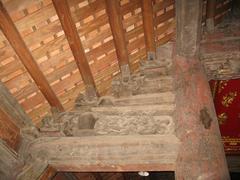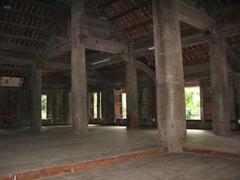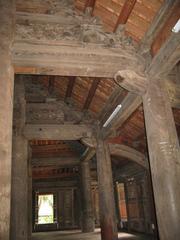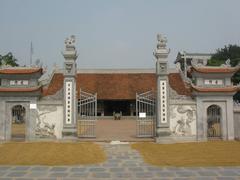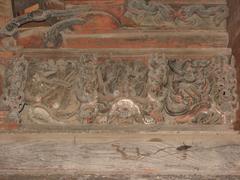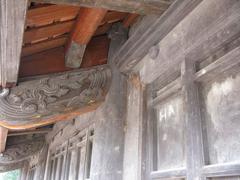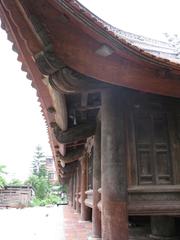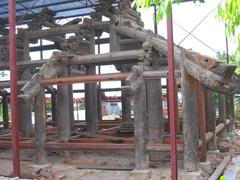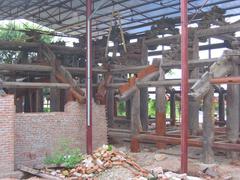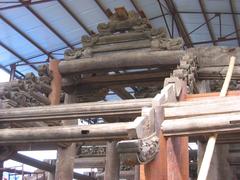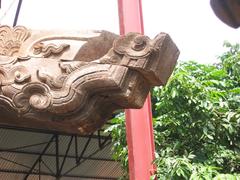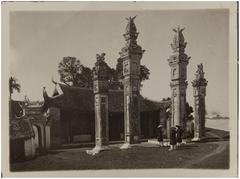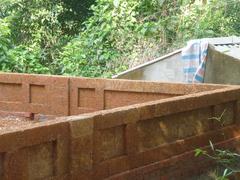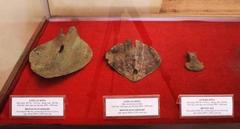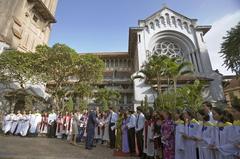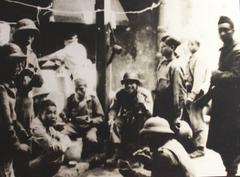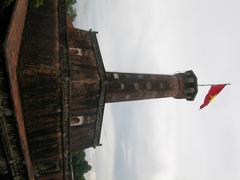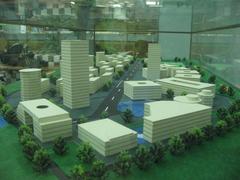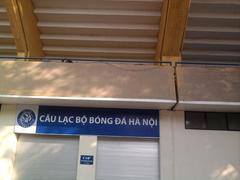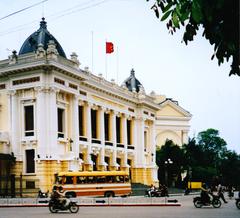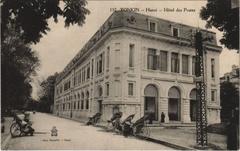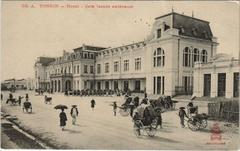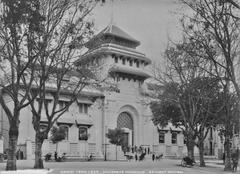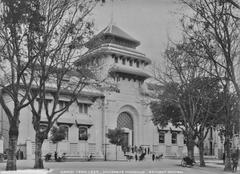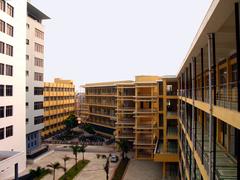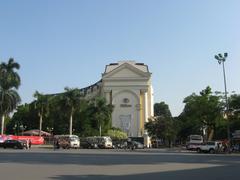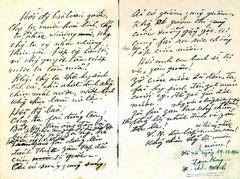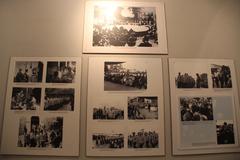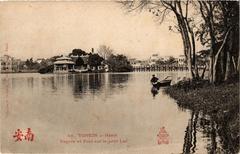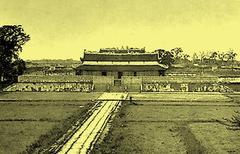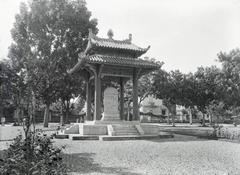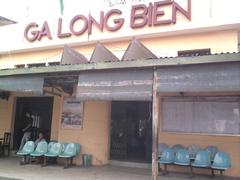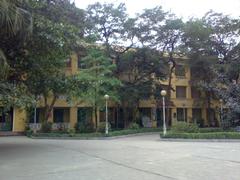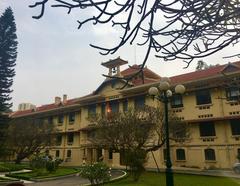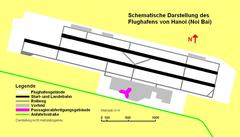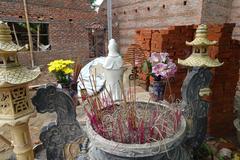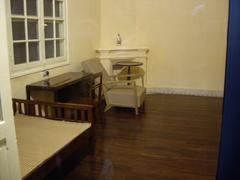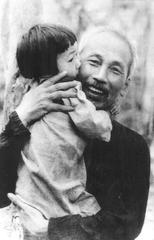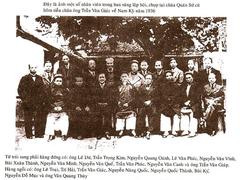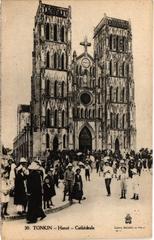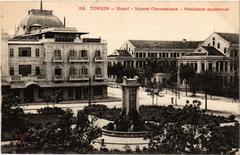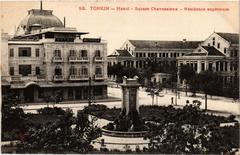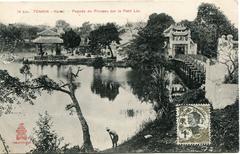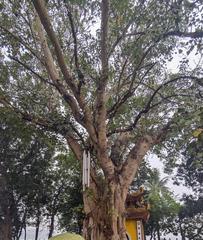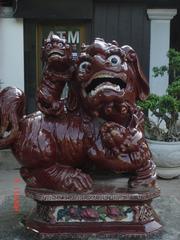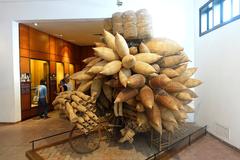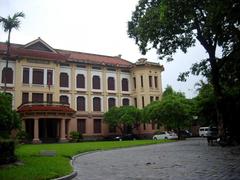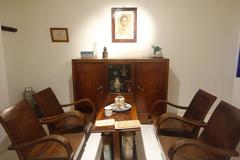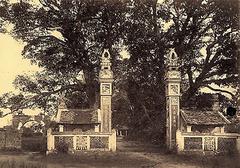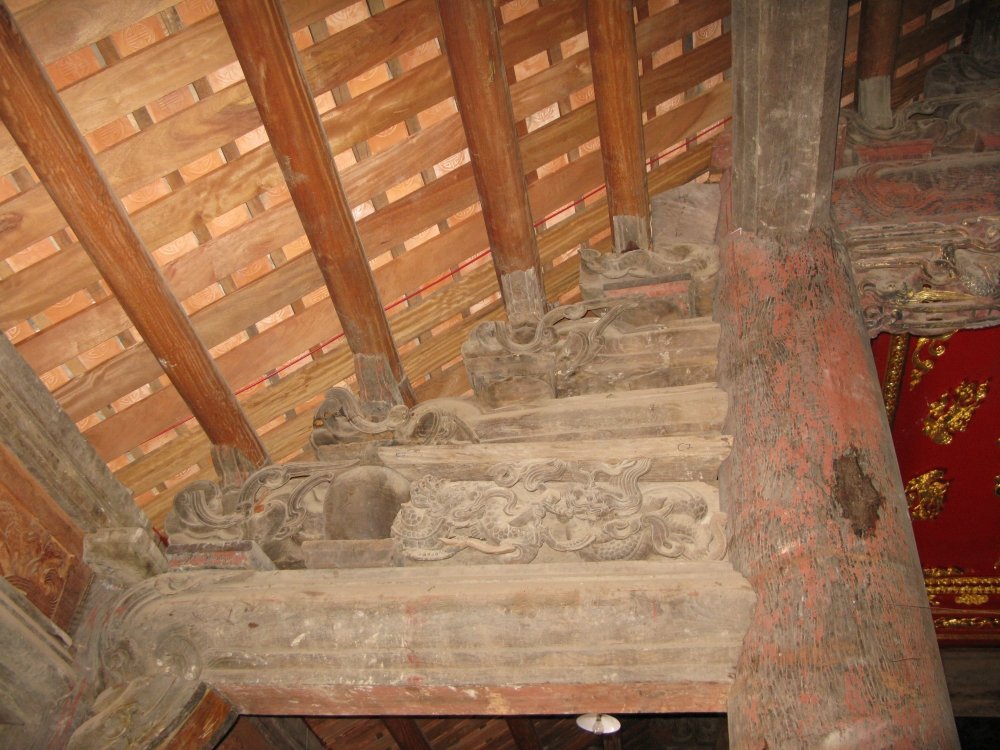
Comprehensive Guide to Visiting Đình Đình Bảng, Hanoi, Vietnam
Date: 24/07/2024
Introduction
Immerse yourself in the rich cultural heritage of Đình Đình Bảng, a historical communal house located in the Bắc Ninh Province of Vietnam. Known for its unique architectural style and deep cultural significance, Đình Đình Bảng stands as a testament to the traditional Vietnamese communal architecture. Built between 1700 and 1736, this historical monument not only serves as a place of worship but also as a cultural hub for the local community. Whether you are a history enthusiast, an architecture aficionado, or a casual traveler, this comprehensive guide provides all the essential information you need to plan your visit to Đình Đình Bảng, from its historical background and architectural marvels to practical travel tips and nearby attractions (VietnamPlus).
Table of Contents
- Introduction
- Historical Background of Đình Đình Bảng
- Architectural Features
- Visitor Information
- Travel Tips
- Conclusion
- Frequently Asked Questions (FAQ)
- Call to Action
Historical Background of Đình Đình Bảng
Origins and Construction
Đình Đình Bảng, located in the Bắc Ninh Province of Vietnam, is a prime example of traditional Vietnamese communal architecture. The construction of this communal house began in 1700 and was completed in 1736. The initiative for building the đình was taken by Nguyễn Thạc Lương, a local official, and his wife Nguyễn Thị Nguyên, who, along with the villagers, contributed both labor and resources to its construction (VietnamPlus).
Architectural Significance
Đình Đình Bảng is renowned for its unique architectural style, which harmonizes with the natural environment of Vietnam. The structure is built on a 丁 (Ding) floor plan, a character from the Han script, symbolizing stability and strength. The communal house features a grand roof with curved eaves, covered with thick, wide tiles known as “ngói mũi hài” (VietnamPlus).
The roof is particularly notable for its extensive overhangs, which are the longest among traditional wooden structures in Vietnam. The building is supported by a robust framework of wooden columns, including six rows of horizontal columns and ten rows of vertical columns made from lim wood, with diameters ranging from 0.55 meters to 0.65 meters (VietnamPlus).
Cultural and Religious Importance
Originally, Đình Đình Bảng served as a place of worship for three agricultural deities - Cao Sơn Đại Vương (God of the Earth), Thủy Bá Đại Vương (God of Water), and Bạch Lệ Đại Vương (God of Cultivation). These deities were revered by the local agricultural community, who prayed for favorable weather and bountiful harvests. Annually, in the 12th lunar month, the villagers held a festival to pray for a prosperous agricultural year (VietnamPlus).
In addition to these deities, the đình also honors the Lục Tổ, six individuals credited with re-establishing the village in the 15th century. Following the destruction of the Lý Bát Đế Temple by French colonial forces in 1948, the villagers moved the ancestral tablets of the eight Lý Dynasty kings to Đình Đình Bảng, further enhancing its historical and cultural significance (VietnamPlus).
Historical Recognition
Đình Đình Bảng has been recognized as a national historical site since 1961. Despite the passage of time and various historical upheavals, the local community has continuously preserved and restored the đình, ensuring it remains a vital part of their cultural and spiritual life. The communal house stands as a testament to the traditional architectural and sculptural artistry of the 18th century (VietnamPlus).
Architectural Features
Main Hall (Đại Đình)
The đình’s main hall, or “đại đình,” measures 20 meters in length, 14 meters in width, and 8 meters in height, with the roof accounting for 5.5 meters of the total height. The structure’s imposing presence is accentuated by its expansive roof, which dominates the building’s profile. The roof’s design is not only aesthetically pleasing but also functional, providing protection against the region’s monsoon climate (VietnamPlus).
Intricate Woodwork
The đình’s intricate woodwork is another highlight, featuring hundreds of decorative motifs that reflect the artistic sensibilities of the time. These carvings include floral patterns, mythical creatures, and scenes from daily life, all meticulously crafted to enhance the building’s visual appeal (VietnamPlus).
Preservation Efforts
Over the centuries, Đình Đình Bảng has undergone several restoration projects to maintain its structural integrity and aesthetic beauty. These efforts have been spearheaded by both the local community and the government, ensuring that the đình continues to serve as a cultural and historical landmark. The preservation work includes repairing the wooden framework, replacing damaged tiles, and restoring the intricate carvings that adorn the building (VietnamPlus).
Modern-Day Relevance
Today, Đình Đình Bảng remains a focal point for cultural and religious activities in the region. The đình hosts various festivals and ceremonies throughout the year, attracting both locals and tourists. One of the most significant events is the village festival held on the 12th of the second lunar month, which sees a large influx of visitors who come to participate in traditional rituals and celebrations (VietnamPlus).
Visitor Information
Visiting Hours - Đình Đình Bảng is open to visitors from 8 AM to 5 PM daily.
Tickets - Entrance is free, but donations are appreciated to support preservation efforts.
Accessibility - The site is wheelchair accessible, with ramps provided at key entry points.
Travel Tips
Best Time to Visit - The best time to visit Đình Đình Bảng is during the dry season (October to April) or during the village festival in the 12th lunar month.
Getting There - Bắc Ninh is easily accessible from Hanoi by bus or car. The journey takes about an hour.
Nearby Attractions - While in Bắc Ninh, consider visiting other historical sites such as the Bút Tháp Pagoda and Dâu Pagoda.
Conclusion
Đình Đình Bảng is not just an architectural marvel but also a living repository of Vietnam’s rich cultural heritage. Its historical significance and unique architectural features make it a must-visit destination for anyone interested in exploring the cultural and historical landscape of Vietnam. By following the visitor tips and engaging in sustainable tourism practices, travelers can ensure a memorable and respectful experience at this historical gem. Plan your visit to Đình Đình Bảng today and immerse yourself in the enduring spirit of the Vietnamese people and their commitment to preserving their cultural legacy (VietnamPlus).
Frequently Asked Questions (FAQ)
What are the visiting hours for Đình Đình Bảng?
Đình Đình Bảng is open to visitors from 8 AM to 5 PM daily.
How much are tickets for Đình Đình Bảng?
Entrance is free, but donations are appreciated to support preservation efforts.
What are the best times to visit Đình Đình Bảng?
The best time to visit is during the dry season (October to April) or during the village festival in the 12th lunar month.
Is Đình Đình Bảng accessible for people with disabilities?
Yes, the site is wheelchair accessible, with ramps provided at key entry points.
Call to Action
Plan your visit to Đình Đình Bảng today and immerse yourself in the rich cultural heritage of Vietnam. For more information on other historical sites, download our mobile app Audiala, check out our related posts, or follow us on social media for updates.
References
- VietnamPlus. (n.d.). Đình Bảng - Một trong ba ngôi đình có kiến trúc đẹp nhất vùng Kinh Bắc. VietnamPlus
